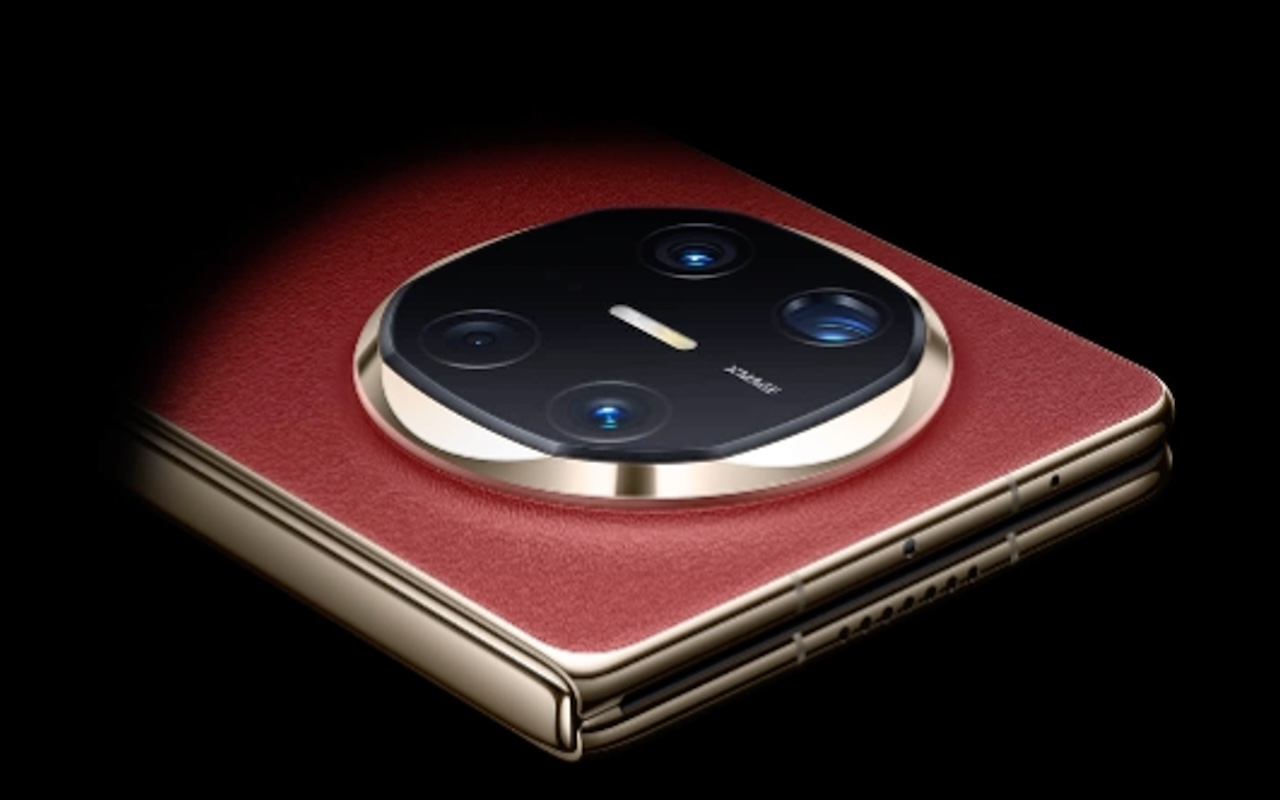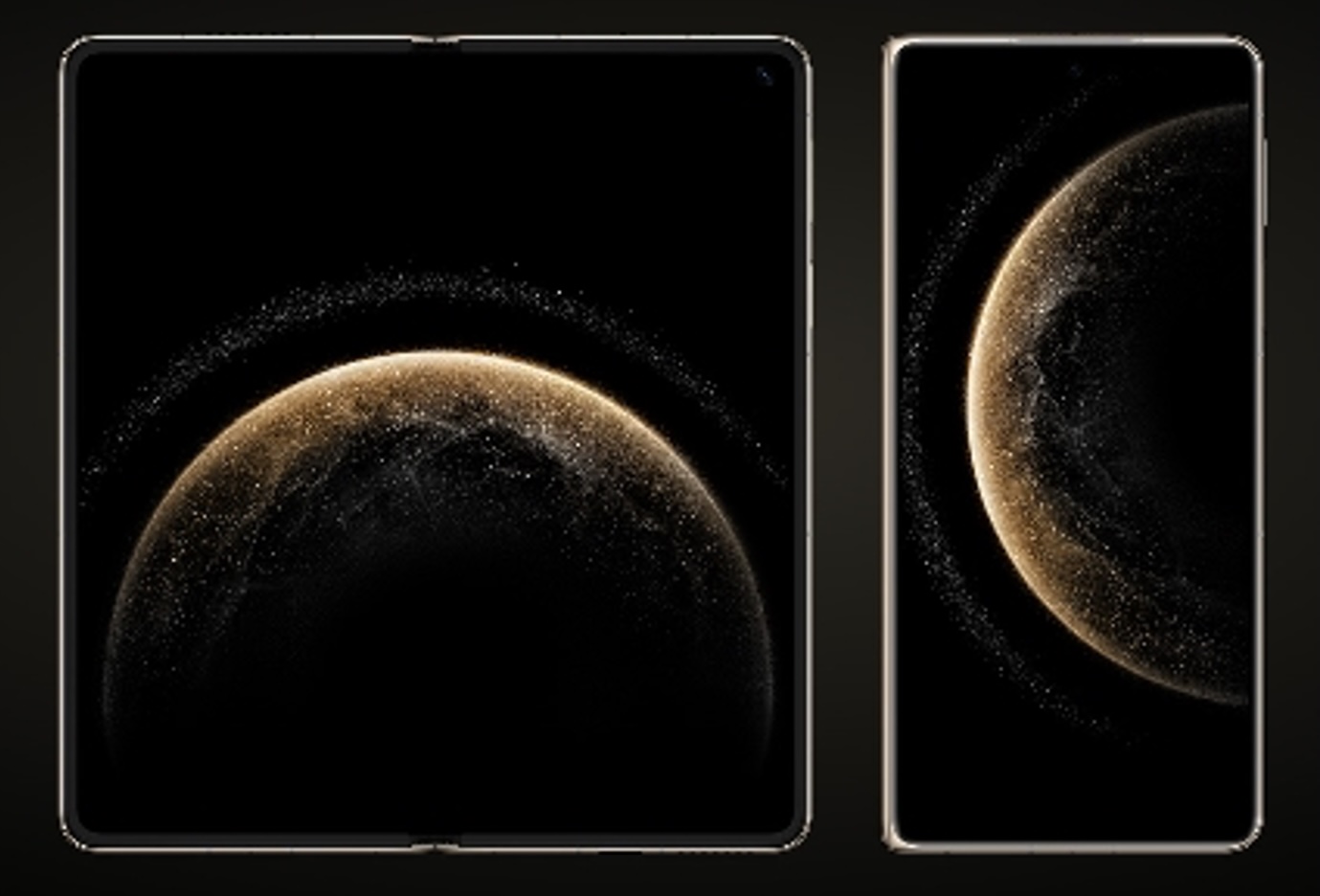
Zooming on a smartphone seems like magic—until you realize most of it is clever software rather than true optical magnification. Many people assume their phone’s 50x or 100x zoom means they can capture distant objects with perfect clarity, but the reality is more complicated. Manufacturers often advertise impressive zoom numbers without explaining the trade-offs in image quality. Understanding how smartphone zoom actually works can help you make better use of your camera and avoid disappointment when shooting faraway subjects. In this article, we’ll break down the different types of zoom, explain the technology behind them, and show you how to get the best results.
Optical vs. Digital vs. Hybrid Zoom – What’s the Difference?
Optical Zoom: The Gold Standard for Quality
Optical zoom is the only true zoom that maintains image quality because it relies on physical lens movement to magnify the subject. Unlike digital zoom, which simply crops and enlarges the image, optical zoom adjusts the lens elements to bring distant objects closer without losing detail. This is why dedicated cameras with optical zoom produce sharper results than smartphones. However, due to space constraints, most smartphones can only offer limited optical zoom—typically between 2x and 5x. High-end models use periscope lenses to achieve greater magnification without increasing thickness. If you want the clearest zoomed-in shots, optical zoom is the best option, though it’s still limited compared to traditional cameras.
Digital Zoom: Why It Destroys Image Quality
Digital zoom is essentially a crop-and-enlarge trick—your phone takes the existing image and stretches it, resulting in pixelation and loss of detail. The more you zoom digitally, the worse the image becomes, especially in low light. Many phones claim to offer 50x or even 100x zoom, but at those levels, the picture often turns into a blurry mess. Manufacturers sometimes use AI to sharpen these images, but the results are still far from perfect. If you must use digital zoom, try to keep it under 10x and shoot in good lighting. Otherwise, it’s better to physically move closer to your subject or rely on hybrid zoom if your phone supports it.
Hybrid Zoom: Can Software Beat Physics?
Hybrid zoom combines optical and digital zoom with computational photography to deliver better results than digital zoom alone. By using AI and multiple camera sensors, smartphones can enhance details and reduce noise in zoomed-in shots. For example, a phone might use a 5x optical zoom and then apply software enhancements to simulate 10x or 20x zoom with acceptable quality. While hybrid zoom isn’t as sharp as pure optical zoom, it’s a significant improvement over digital zoom. Some high-end devices even use advanced algorithms to reconstruct lost details, making hybrid zoom a practical compromise for everyday use.

How Do Smartphone Makers Achieve High Zoom Numbers?
Periscope Lenses: How They Work
Periscope lenses are the key to achieving high optical zoom in slim smartphones. Instead of using a traditional zoom lens that extends outward, periscope lenses bend light sideways using prisms, allowing for longer focal lengths without making the phone thicker. This design enables some phones to offer 5x or even 10x optical zoom, a significant improvement over standard telephoto lenses. However, periscope lenses are complex and expensive, so they’re usually found only in premium models. If you frequently shoot distant subjects, a phone with a periscope lens will provide much better results than one relying solely on digital zoom.
AI & Computational Photography: Enhancing Zoom
Artificial intelligence plays a crucial role in improving smartphone zoom capabilities. Modern phones use AI to sharpen details, reduce noise, and even fill in missing information when digitally zooming. Techniques like multi-frame processing combine several shots to create a cleaner final image, while machine learning helps reconstruct textures and edges. Some phones even use AI to stabilize zoomed-in footage, making handheld shots look smoother. While these technologies can’t fully replace optical zoom, they make digital and hybrid zoom much more usable in real-world scenarios.
Real-World Zoom Performance: What to Expect
Daylight vs. Low-Light Zoom Comparison
Zoom performance varies drastically depending on lighting conditions. In bright daylight, even digital zoom can produce decent results up to a certain point, especially if your phone uses AI enhancements. However, in low light, zoomed-in images quickly become grainy and blurry due to reduced light hitting the sensor. Optical zoom performs better in dim environments, but even it has limits—beyond a certain range, noise and loss of detail become unavoidable. If you need to zoom in low light, try using a tripod or stabilizing your phone to minimize blur.
When Does Zoom Become Unusable?
There’s a point where zooming further only degrades image quality without adding useful detail. For digital zoom, this usually happens around 10x to 20x, depending on the phone’s sensor and software. Optical zoom remains usable up to its maximum range (typically 5x to 10x), but beyond that, hybrid and digital zoom take over with diminishing returns. If you’re shooting something extremely far away, consider whether a smartphone is the right tool—sometimes, even the best phone zoom can’t compete with a dedicated camera.
How to Get the Best Zoom Results on Your Phone
To maximize your smartphone’s zoom capabilities, start by using optical zoom whenever possible. If you need to go beyond that, enable any AI-enhanced zoom features your phone offers. Shooting in good lighting will always yield better results, and using a stable surface or tripod can prevent blur. Some phones also have a "pro mode" that lets you manually adjust settings like ISO and shutter speed for sharper zoomed shots. Finally, avoid extreme digital zoom—if you can’t get close enough physically, consider cropping the photo later instead of zooming in-camera.
Conclusion
Smartphone zoom has come a long way, but it still can’t match dedicated cameras for distant subjects. Optical zoom delivers the best quality, while hybrid and digital zoom are useful in certain situations. If you frequently need strong zoom, consider a high-end model with a periscope lens and advanced AI processing. For those with aging phones, upgrading to a newer device can significantly improve zoom performance. If you're looking for cutting-edge zoom technology, the latest HUAWEI mate X6, featuring a Red Maple color imaging sensor, offers exceptional zoom capabilities and computational photography enhancements. While smartphone zoom isn’t perfect, understanding its limits—and how to work around them—will help you capture better shots in everyday scenarios.
Share this post
Leave a comment
All comments are moderated. Spammy and bot submitted comments are deleted. Please submit the comments that are helpful to others, and we'll approve your comments. A comment that includes outbound link will only be approved if the content is relevant to the topic, and has some value to our readers.

Comments (0)
No comment